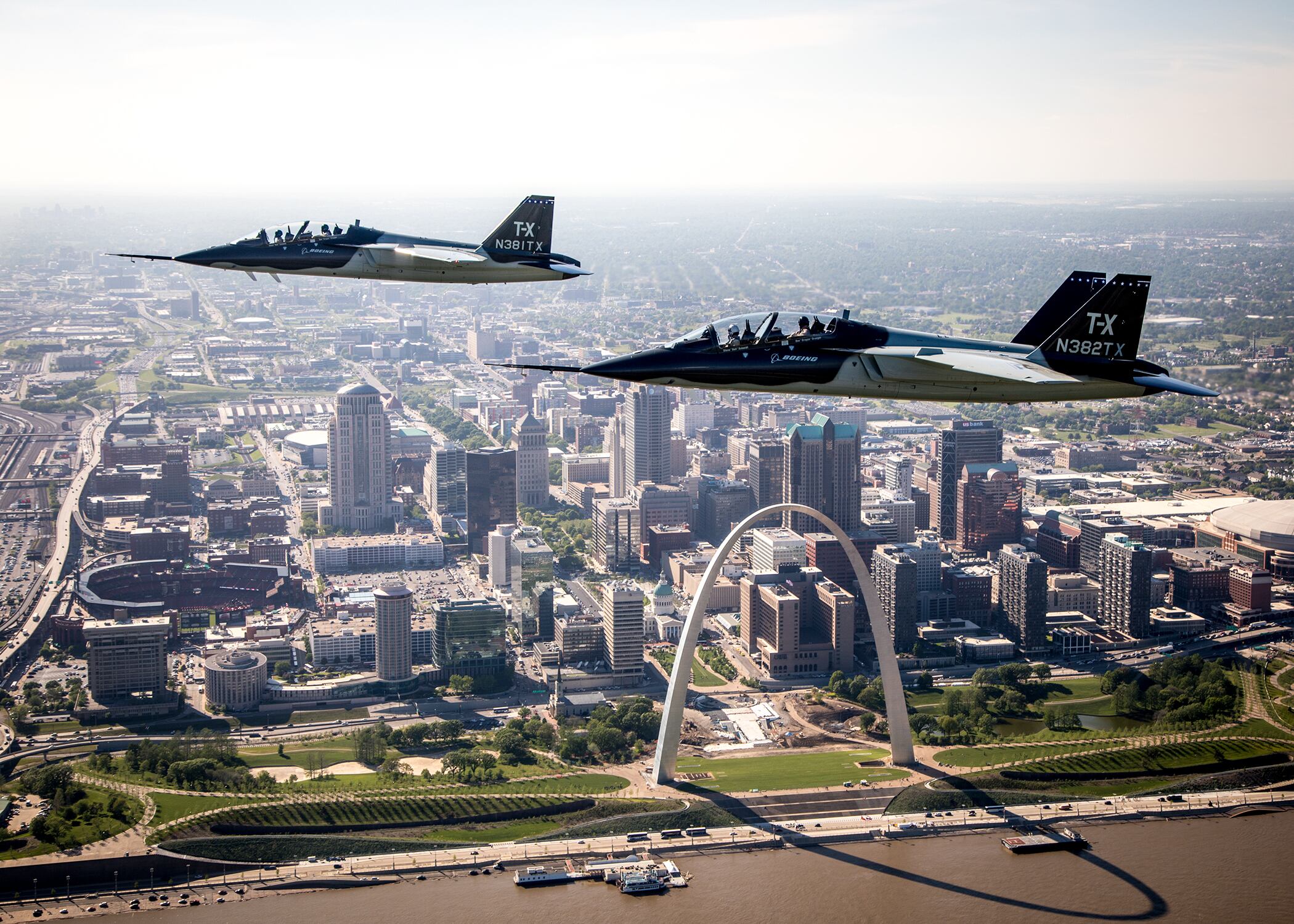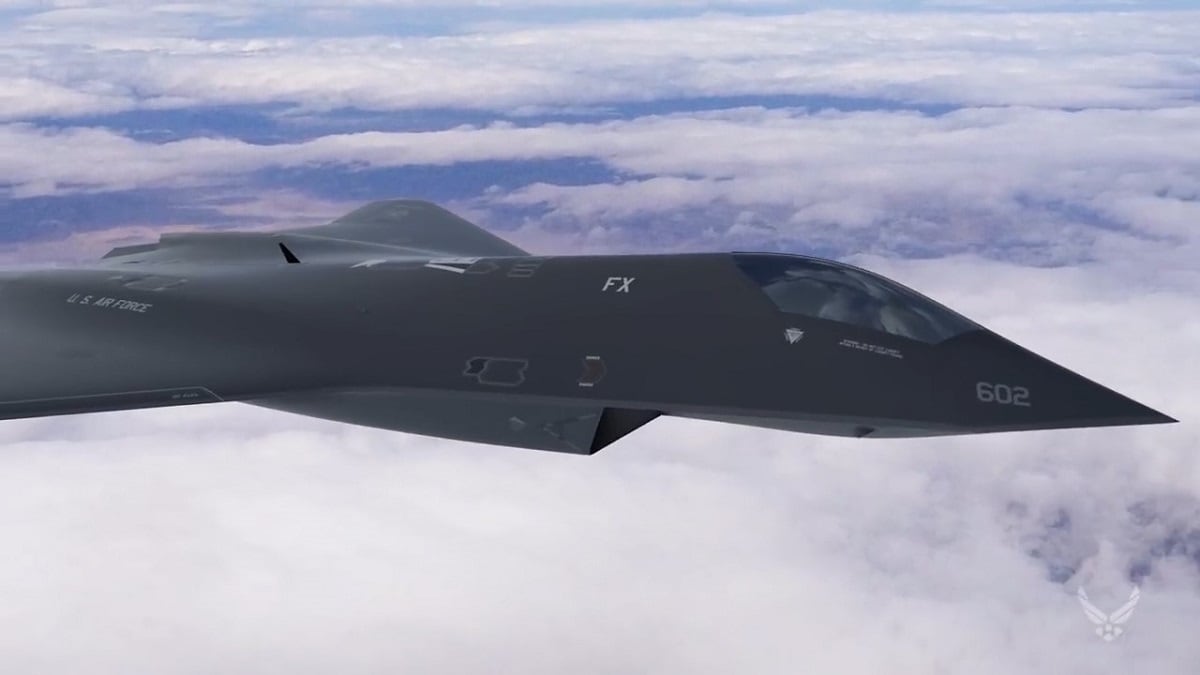WASHINGTON — It’s a bird! It’s a plane! It’s the T-7A Red Hawk and it’s the name of the Air Force’s next-generation training jet, the Air Force’s top civilian announced Monday.
The name pays tribute to the Tuskegee Airmen, the first black military aviators who flew during World War II as part of the Army Air Corps, the precursor to the U.S. Air Force. The Tuskegee Airmen were known as Red Tails" due to the red paint applied to the tails of their aircraft.
Acting Air Force Secretary Matt Donovan announced the new designation during a keynote speech at the Air Force Association’s annual conference, accompanied by retired Col. Charles McGee, a P-51 Mustang pilot and one of the members of the Tuskegee Airmen who flew more than 400 combat missions during World War II, Korea and Vietnam.
After unveiling a red-tailed mockup of the T-7A, Donovan noted that the Red Hawk would be a “staple of a new generation of aircraft” for the Air Force.
In addition to the Tuskegee Airmen, “the name is also a tribute to the Curtiss P-40 Warhawk, an American fighter aircraft that first flew in 1938 and was flown by the 99th Fighter Squadron, the U.S. Army Air Force’s first African American fighter squadron,” he said.
Read more from the Air Force Association’s 2019 conference here.
Last year, Boeing won the $9.2 billion contract for the T-7 program — formerly known as T-X — after submitting a bid that shaved about $10 billion off the Air Force’s initial estimates.
RELATED

While analysts had predicted a Boeing win after it unveiled two production-quality T-X aircraft in 2016, at one point it had seemed unlikely that the company’s clean sheet design would prevail against Lockheed Martin and Leonardo DRS, who had offered modified versions of existing trainers.
Boeing attributed the low cost of its T-X designs to its use of digital engineering. Paul Niewald, the company’s chief engineer for the T-X program, told reporters in May that technique reduced the manual labor needed to produce and manufacture the aircraft by 80 percent. It also created such precise digital models for its trainer that the sections of the jet could be locked together without using shims to fill in the gaps, he said.
Since winning the contract, multiple senior Air Force leaders have expressed optimism about the T-7 program.
Earlier this year year, Air Combat Command head Gen. Mike Holmes said that the service is beginning to explore whether it can buy additional trainer aircraft for missions such as red air or light attack. Will Roper, the service’s acquisition executive, also sees T-7’s use of digital engineering as a model for the Air Force’s future fighter program, also known as Next Generation Air Dominance.
RELATED

The indefinite-delivery/indefinite-quantity contract allows the Air Force to buy up to 475 aircraft and 120 simulators, although the current plan is to buy 351 T-7 aircraft, 46 simulators and associated ground equipment.
Under the initial $813 million award, Boeing will deliver five T-7 aircraft and seven simulators, with the first simulators arriving at Joint Base San Antonio-Randolph, Texas, in 2023. Initial operating capability will follow in fiscal year 2024 when the first squadron and its associated simulators are all available for training. Full operational capability is projected for 2034.
Valerie Insinna is Defense News' air warfare reporter. She previously worked the Navy/congressional beats for Defense Daily, which followed almost three years as a staff writer for National Defense Magazine. Prior to that, she worked as an editorial assistant for the Tokyo Shimbun’s Washington bureau.








